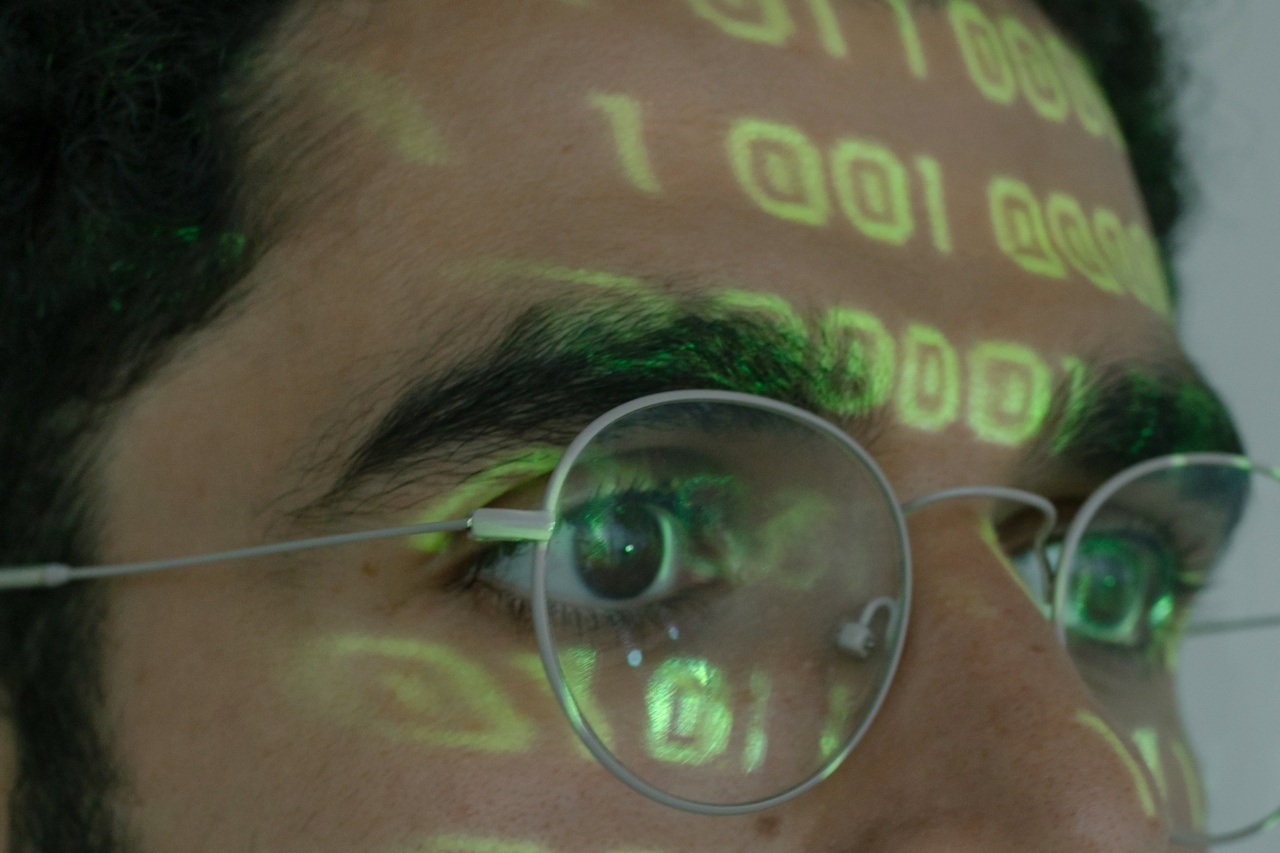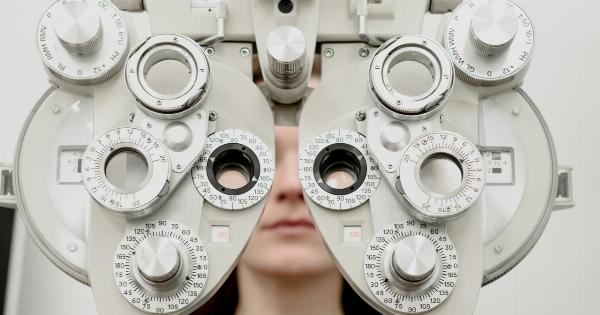Over the years, there has been a significant advancement in technology, particularly in the field of eye procedures. Today, doctors and specialists have access to advanced technology to perform panoramic, 3D eye procedures.
This technology has played a significant role in reducing the risks of these procedures while ensuring better patient outcomes.
What is Panoramic, 3D Eye Technology?
Panoramic, 3D eye technology refers to a type of technology used by eye specialists to create a three-dimensional representation of the eye’s interior.
This technology allows specialists to view specific parts of the eye and perform procedures with much more precision, safety, and efficiency than traditional methods. It also provides specialists with better images, leading to more accurate diagnoses for many eye conditions.
How Does Panoramic, 3D Eye Technology Work?
The technology used for panoramic, 3D eye procedures involves using a high-resolution camera that captures multiple images of the patient’s eye from different angles.
These images are then combined to create a three-dimensional model of the eye, which can be viewed on a computer screen. This gives the specialist a detailed view of the eye’s interior, including the optic nerve, retina, and blood vessels.
With this technology, the specialist can zoom in and out of the image, rotate it and view it from different angles.
The specialist can also manipulate the image with digital tools to simulate real-life scenarios and test different treatment options before performing actual procedures. Additionally, this technology allows for a more detailed analysis of the eye, leading to more accurate diagnosis and treatment plans.
Applications of Panoramic, 3D Eye Technology
Panoramic, 3D eye technology has a wide range of applications in the field of eye healthcare. The most common applications include:.
1. Cataract Surgery
Cataracts are a common eye condition that affects people as they age. It occurs when the eye’s natural lens becomes cloudy, leading to impaired vision.
Panoramic, 3D eye technology can help the specialist to more accurately diagnose the severity of the cataract. It also helps them to plan and perform surgeries with much more precision, resulting in better outcomes and reduced complications.
2. Glaucoma Treatment
Glaucoma is an eye condition that results in increased pressure within the eye, leading to damage to the optic nerve and impaired vision.
Panoramic, 3D eye technology enables specialists to identify the exact location of the glaucoma, determine its severity, and plan treatment. It also helps to monitor the effectiveness of the treatment and adjust it if necessary.
3. Retina Procedures
Panoramic, 3D eye technology is also useful in various procedures that involve the retina, such as surgery for retinal detachment, macular degeneration, and diabetic retinopathy.
The technology helps the specialist to visualize the retina and surrounding areas better, leading to better surgical outcomes.
Advantages of Panoramic, 3D Eye Technology
The use of panoramic, 3D eye technology in medical procedures provides several advantages to both specialists and patients. These advantages include:.
1. Improved Precision
With panoramic, 3D eye technology, specialists can achieve greater precision when performing procedures. The three-dimensional mapping of the eye allows for much more accurate targeting of specific areas, reducing the risk of complications.
2. Reduced Risks
Given the improved precision of panoramic, 3D eye technology, the risks of complications are reduced. This is because the technology minimizes the risk of damage to surrounding tissue and maximizes the chance of success.
3. Shorter Recovery Time
Procedures performed using panoramic, 3D eye technology have a shorter recovery time compared to traditional procedures. This is due to the minimally invasive nature of the technology, which enables patients to heal with much less discomfort.
4. Improved Outcomes
Due to the accuracy and precision of panoramic, 3D eye technology, outcomes for patients are improved. This means that patients are more likely to have better vision and less risk of complications following a procedure.
5. Accurate Diagnosis
Panoramic, 3D eye technology provides specialists with a much more accurate diagnosis of eye conditions. This leads to better treatment plans and better outcomes for patients.
Limitations of Panoramic, 3D Eye Technology
Panoramic, 3D eye technology is not without its limitations. The main limitations include:.
1. Availability
Although panoramic, 3D eye technology is becoming more widespread, it is still not available in all eye clinics and hospitals.
2. Cost
The technology used for panoramic, 3D eye procedures is expensive. This means that patients may have to pay more for procedures performed using this technology compared to traditional methods.
3. Training and Expertise
Specialists require specific training and expertise to use panoramic, 3D eye technology effectively. This means that not all doctors will have access to or be skilled in using this technology.
Conclusion
The use of panoramic, 3D eye technology has revolutionized the field of eye healthcare. The technology enables specialists to perform procedures with greater precision, reduced risks, and better outcomes than traditional methods.
It also allows for more accurate diagnosis of eye conditions, leading to better treatment plans and improved outcomes for patients. While the technology is not without limitations, it represents a significant advancement in the field of eye healthcare and will undoubtedly become increasingly accessible in the coming years.
























